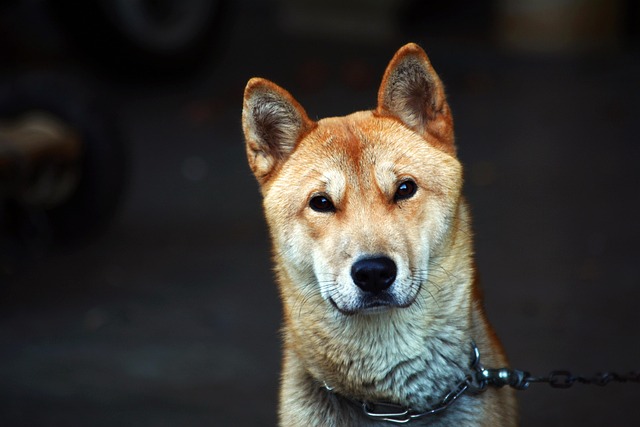
How can I tell if my dog's heatstroke is serious
Let’s be real: It’s a sticky August morning in Los Angeles, and you took your 2-year-old Golden Retriever, Max, for a walk a little later than usual
How do you check a dog's eye health? It starts with the little moments—when they nuzzle your hand, peer up at you during mealtime, or blink slowly after a nap. Those daily interactions are your best chance to spot changes that might slip by in a quick glance. A dog’s eyes, bright and expressive, often tell a story before any other symptom shows up.
Take a good look at the corners first. Clear, watery discharge might just be leftover sleep, but thick, yellow or green gunk could mean something’s off. Notice the whites too—they should stay a pale pink, not fiery red or streaked with blood. If you see cloudiness, especially in older dogs, it’s worth paying attention—cloudy eyes can hide more than just age.
Gloss matters too. Healthy eyes have a smooth, wet shine, like they’ve been gently wiped with a damp cloth. Dullness, or a film that won’t go away, might signal irritation. Watch how your dog blinks: rapid fluttering or keeping one eye half-closed could mean discomfort. And if they start rubbing their face against furniture or your leg more than usual? That’s their way of saying something feels wrong.
 Outdoor time can reveal more. On walks, does your dog squint when the sun hits their face? Occasional squinting is normal, but doing it nonstop might point to sensitivity to light. At home, notice if they bump into things they usually avoid—clumsiness could tie back to vision issues. Even playtime clues matter: a sudden disinterest in fetch, hesitating before jumping, might trace back to eye trouble.
Outdoor time can reveal more. On walks, does your dog squint when the sun hits their face? Occasional squinting is normal, but doing it nonstop might point to sensitivity to light. At home, notice if they bump into things they usually avoid—clumsiness could tie back to vision issues. Even playtime clues matter: a sudden disinterest in fetch, hesitating before jumping, might trace back to eye trouble.
Knowing when to act fast is key. Some changes, like a sudden swollen eyelid or a dog pawing at their eye until it’s raw, need a vet’s touch right away. Many places require pets to receive proper care for health issues, and letting eye problems linger could risk more than just discomfort—it might run against local guidelines for responsible pet ownership.
You don’t need special tools for daily checks. Just a few seconds each day, when you’re brushing them or settling in for the night, to meet their gaze. Look for symmetry—both eyes should look similar in size and shape. A lopsided look, even subtle, is worth noting. These small habits build up to big protection for their vision.
Checking your dog’s eye health isn’t just about catching problems—it’s part of keeping them happy and active, whether they’re chasing squirrels in the park or curled up by the fire. Those bright eyes are how they see the world, and how they show you love. Keeping them healthy? That’s one of the best ways to love them back. And when in doubt, a vet visit never goes wrong—for their sake, and for staying on top of what’s expected as a caring pet owner.

Let’s be real: It’s a sticky August morning in Los Angeles, and you took your 2-year-old Golden Retriever, Max, for a walk a little later than usual

You're enjoying a summer afternoon at the park when you notice your dog has stopped panting and appears disoriented - their gums are bright red

Let’s paint the picture: You’re in your Denver apartment, watching your 4-year-old Boston Terrier, Ruby, plop down mid-play session with her favorite toy

Many dog owners notice their pets nails seem shorter after regular walks,but how much does this daily activity actually help?The answer depends on where you walk—concrete sidewalks or asphalt streets gently file nails as a dog's paws hit the ground

Most dog owners notice their pup scooting across the carpet at some point, but few connect it to impacted anal glands. These small sacs near a dog’s rectum secrete a scent for marking territory

Most vets agree that regular dog teeth cleaning is key to avoiding painful dental issues later. For healthy adult dogs, a professional cleaning at the vet’s office every 12 to 18 months usually works well.